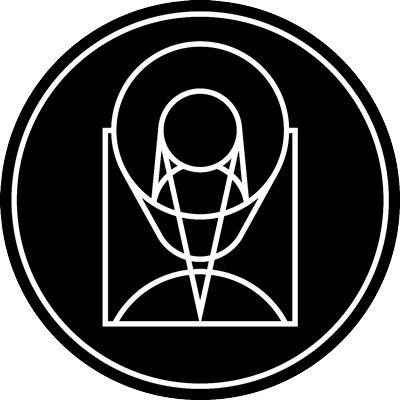Interacting Galaxies Arp 147

stsci_2008-37a October 30th, 2008
Credit: NASA, ESA, and M. Livio (STScI)
NASA's Hubble Space Telescope has imaged a particularly intriguing pair of gravitationally interacting galaxies called Arp 147. The left-most galaxy is relatively undisturbed apart from a smooth ring of starlight. It appears nearly on edge to our line of sight. The right-most galaxy exhibits a clumpy, blue ring of intense star formation. The blue ring was most probably formed after the galaxy on the left passed through the galaxy on the right. Just as a pebble thrown into a pond creates an outwardly moving circular wave, a propagating density wave was generated at the point of impact and spread outward. As this density wave collided with material in the target galaxy that was moving inward due to the gravitational pull of the two galaxies, shocks and dense gas were produced, stimulating star formation. The dusty reddish knot at the lower left of the blue ring probably marks the location of the original nucleus of the galaxy that was hit. Arp 147 lies in the constellation Cetus, and it is more than 400 million light-years away from Earth.
Provider: Space Telescope Science Institute
Image Source: https://hubblesite.org/contents/news-releases/2008/news-2008-37
Curator: STScI, Baltimore, MD, USA
Image Use Policy: http://hubblesite.org/copyright/

- ID
- 2008-37a
- Subject Category
- D.5.1.7
- Subject Name
- Arp 147
- Credits
- NASA, ESA, and M. Livio (STScI)
- Release Date
- 2008-10-30T00:00:00+00:00
- Lightyears
- 440,000,000
- Redshift
- 440,000,000
- Reference Url
- https://hubblesite.org/contents/news-releases/2008/news-2008-37
- Type
- Observation
- Image Quality
- Good
- Distance Notes
- 440 million light-years (130 Megaparsecs)
- Facility
- Hubble, Hubble, Hubble
- Instrument
- WFPC2, WFPC2, WFPC2
- Color Assignment
- Blue, Green, Red
- Band
- Optical, Optical, Optical
- Bandpass
- B, V, I
- Central Wavelength
- 450, 606, 814
- Start Time
- 2008-10-27T00:00:00, 2008-10-27T00:00:00, 2008-10-28T00:00:00
- Integration Time
- Dataset ID
- Notes
- O
- Coordinate Frame
- ICRS
- Equinox
- J2000
- Reference Value
- 47.8293931, 1.3140910
- Reference Dimension
- 1457.0, 1201.0
- Reference Pixel
- 729.5, 601.5
- Scale
- -1.39299e-05, 1.392989e-05
- Rotation
- 5.58
- Coordinate System Projection:
- TAN
- Quality
- Full
- FITS Header
- Notes
- WCS retrieved using CXCs PinpointWCS
- Creator (Curator)
- STScI
- URL
- http://hubblesite.org
- Name
- Space Telescope Science Institute Office of Public Outreach
- outreach@stsci.edu
- Telephone
- 410-338-4444
- Address
- 3700 San Martin Drive
- City
- Baltimore
- State/Province
- MD
- Postal Code
- 21218
- Country
- USA
- Rights
- http://hubblesite.org/copyright/
- Publisher
- STScI
- Publisher ID
- stsci
- Resource ID
- STSCI-H-p0837a-f-1457x1201.tif
- Resource URL
- https://mast.stsci.edu/api/latest/Download/file?uri=mast:OPO/product/STSCI-H-p0837a-f-1457x1201.tif
- Related Resources
- http://hubblesite.org/newscenter/archive/releases/2008/37
- Metadata Date
- 2022-07-06T00:00:00
- Metadata Version
- 1.2
Detailed color mapping information coming soon...















